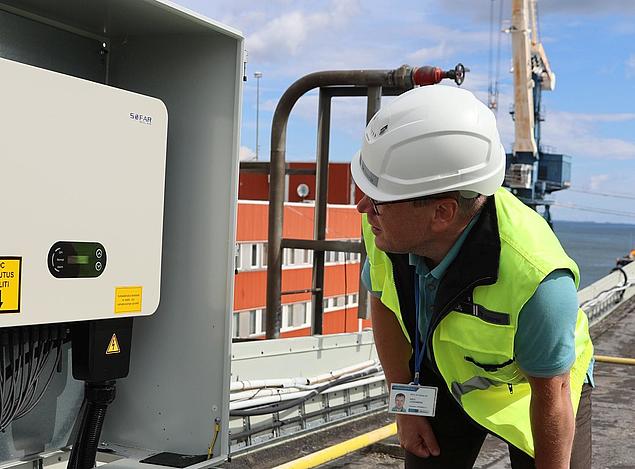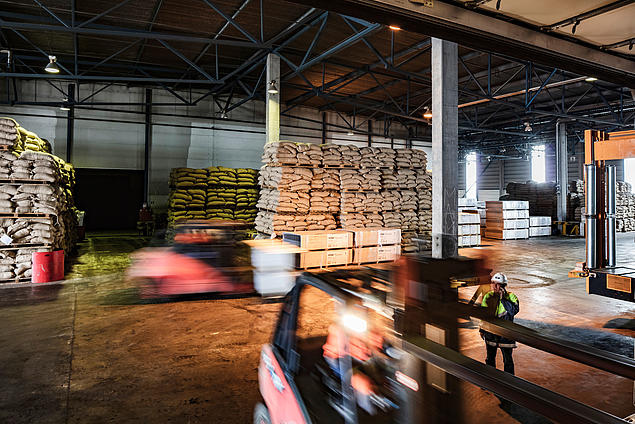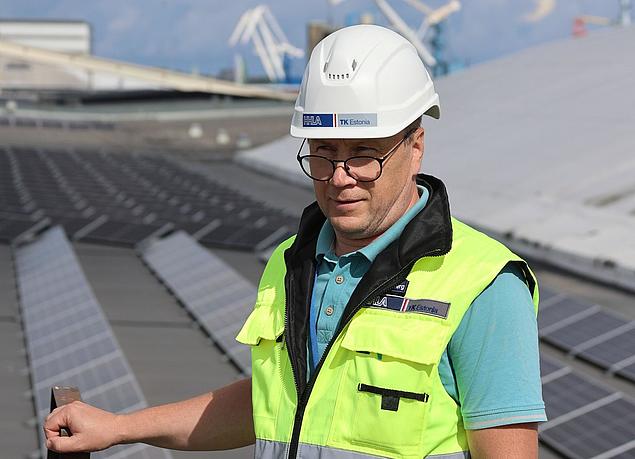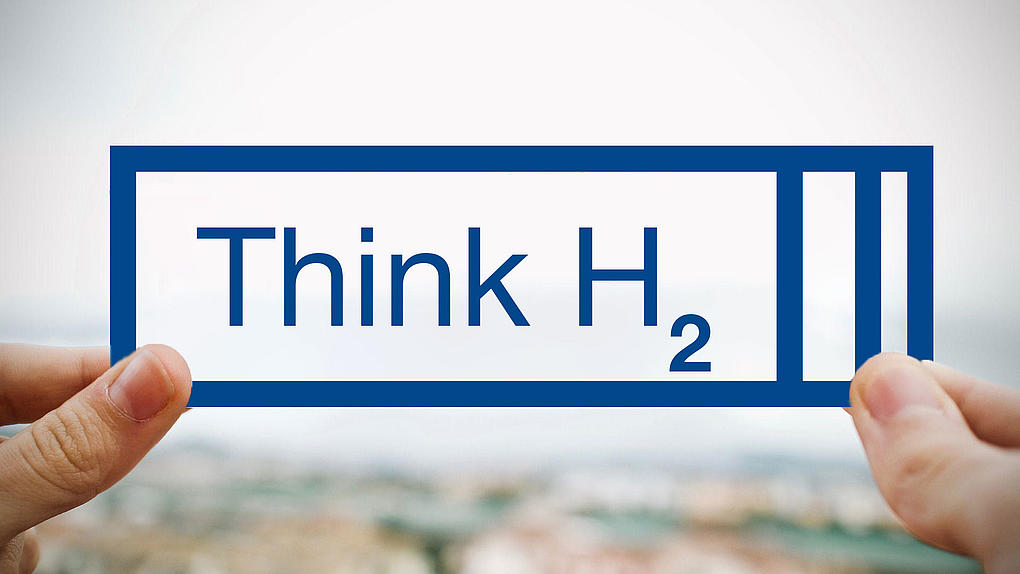Quicklinks
Quicklinks

In Muuga Harbour, near the Estonian capital Tallinn, a solar park supplies warehouses and handling equipment with green electricity. As Head of Energy Management at HHLA TK Estonia, Arvi Lugenberg looks after constant improvements and the expansion of the plant. It is not just any project for him; he has found his calling.
To get onto the roof of the warehouses at HHLA TK Estonia, you have to clamber up a high fire escape ladder. For a while, Arvi Lugenberg, head of energy management at HHLA’s Estonian subsidiary, climbed up here every day in all kinds of weather – not because of the panoramic view over the port of Muuga, but to check on his “baby”.

The largest solar park in the port of Muuga, near the Estonian capital of Tallinn, is up here on the roof. Arvi, who headed the team that built it, is proud of the facility: “Despite Estonia’s location in the far north of Europe, we have a good energy yield.”
There are frequent storms at the Baltic coast, and at first Arvi was worried about “his” solar collectors. So far, they have only overturned once. So far, they have only overturned after a really heavy storm and were easy to set back up. This means Arvi no longer has to go onto the roof so often. When he’s there, the first thing he does is to check the inverters. These turn the direct current that the solar cells produce from solar radiation into alternating current suitable for the power grid. A small display shows the current rate of electricity production.
Today at 10 am, the first part of the park has already produced more than 110 kilowatt hours (kWh). “It was a sunny morning,” Arvi is happy to announce, explaining that this part of the collectors is aimed at the morning sun. The other two are slightly offset or transverse, to better capture the midday and evening sun. They could theoretically also be placed on rotating frames, though electricity prices are too low for such an investment to be worth it. The energy specialist is considering installing vertical panels on the exterior wall. This could better capture the very low radiation of the Nordic winter sun. Also, vertical panels would ensure that the collectors wouldn’t be covered by snow.

In the very long days of the Estonian summer, the electricity produced is usually sufficient to supply the nearby terminal area. On sunny days, in-house green electricity completely powers the cooling and ventilation systems in the warehouses, equipment in the nearby workshop and office, and a port crane. The surplus is fed into the port’s power grid.
Naturally, Arvi can present the figures on this from memory. “The solar arrays have a total capacity of approximately 240 kilowatt peak, which describes the output of a solar module under defined conditions. So they generate an average of 720 kWh per day.” In May, the modules produced a total of 46,000 kWh, which covered about half of the consumption at the break bulk terminal.
Arvi explains this in German, because he spent a year in Germany. He was able to attend seminars on renewable energy at the Kiel University of Applied Sciences. The Tallinn University of Technology, where he studied energy and electrical engineering, did not offer these subjects at the time. After graduation, he worked at various companies, then went back to Tallinn UT as a lecturer.

After just one year, he realized that he was going to have to repeat his lectures and seminars over and over. On this occasion, an advert from HHLA TK caught his eye. He already knew HHLA from Hamburg, where the company headquarter is situated. “The port would be something new!” he thought, and applied. The very next day, the HR manager called him personally. They quickly came to an agreement.
A perfect fit, you could say. Arvi really does seem to have found his calling, because he still has a lot of plans. The installation of additional solar panels on the roofs has already begun, and other areas are being examined. Soon, a larger module with 400 kWp output will hopefully supply the mobile portal cranes in the container yard with green electricity. Arvi estimates that the annual electricity production of the entire solar plant will then be well over 600 MWh.
But that’s not the end of the mission; his plans go even further. “It would be cheaper to produce hydrogen with the electricity from the solar panels,” the energy specialist explains. “Green electricity can be stored in the form of hydrogen and used later to operate vehicles or cranes.”

As part of its sustainability strategy, HHLA aims to become climate-neutral by 2040. Hydrogen makes a significant contribution to this as an energy carrier. We present the HHLA projects to achieve this.
Read moreIt’s a very economical idea. Solar power often accumulates in large quantities when the sun is shining brightly – though prices for feeding electricity into the grid are even lower then than usual. During hours without sunshine, electricity has to be bought back at a high price.
The Port Authority Tallinn, to which Muuga Harbour belongs, has also noticed this. Though the port has plans in place to build an electrolyzer that will produce hydrogen using electricity from renewable sources, it won’t be connected to the grid until 2025 at the earliest. Arvi is already looking forward to the challenges that the new fuel source, hydrogen, will bring.